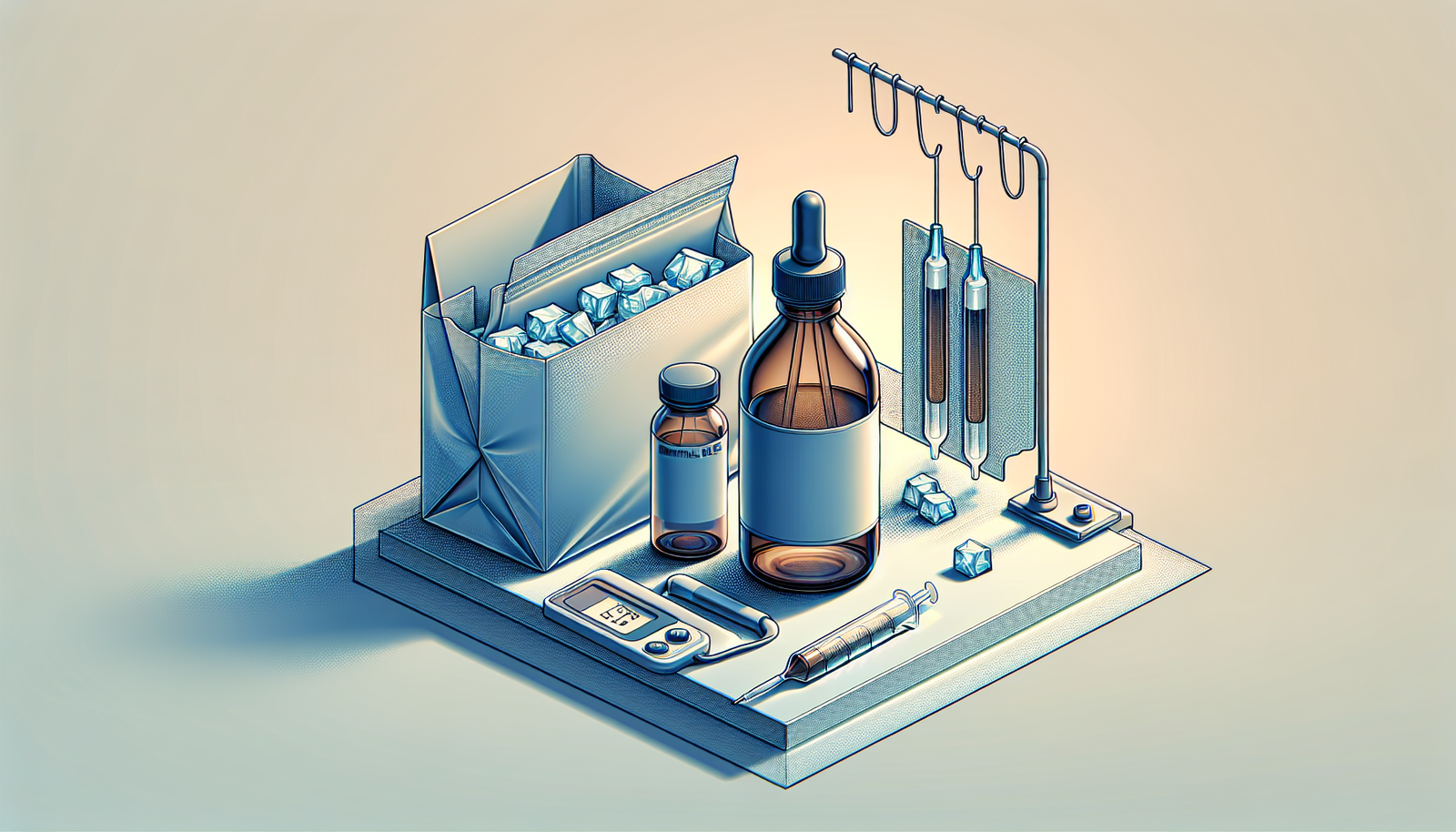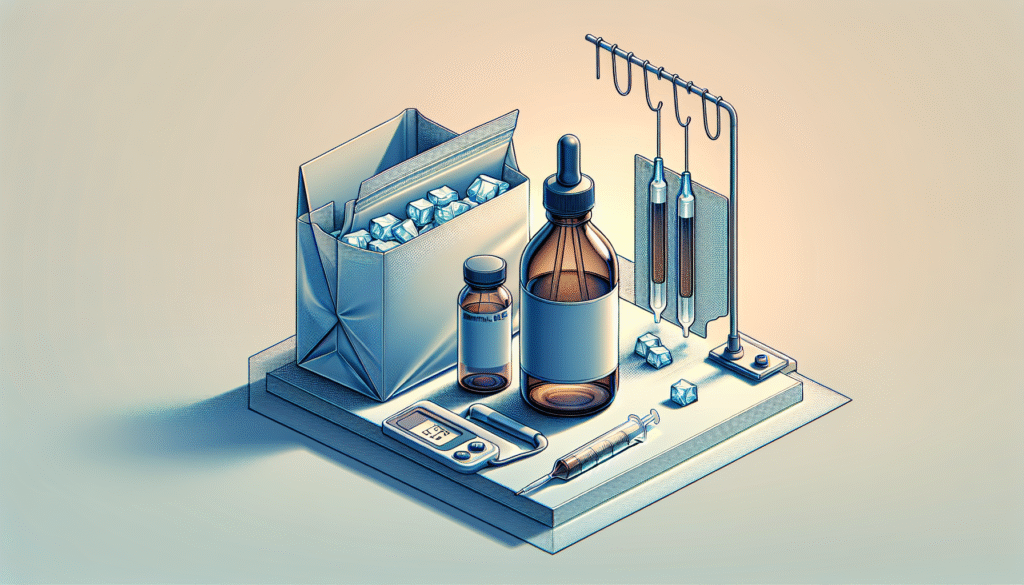
What measures are you taking to ensure the longevity and effectiveness of your chemical compounds?

Understanding Methylene Blue
Methylene blue is a synthetic dye that has gained prominence not just in laboratories but also for its applications in various medical fields. Its versatility extends to roles ranging from a biological stain to a treatment for conditions like methemoglobinemia. However, the efficacy of methylene blue can be compromised by improper storage. To maximize its effectiveness, understanding the nature of this chemical is the first step.
Chemical Properties of Methylene Blue
Methylene blue is a thiazine dye and appears as a deep blue hue. Its molecular formula is C16H18ClN3S, and it typically exists in a crystalline form. Key properties that influence its storage include:
- Solubility: Methylene blue is water-soluble, which can affect its stability depending on the environment.
- Sensitivity to Light: Exposure to UV light can degrade methylene blue and alter its properties.
- Temperature Stability: High temperatures can cause degradation, while excessively low temperatures can lead to crystallization.
The combination of these properties means that careful storage of methylene blue is paramount for maintaining its efficacy.
Best Practices for Storing Methylene Blue
To ensure the maximum efficacy of methylene blue, adhere to the following best practices.
Store in a Cool, Dark Place
Given the light sensitivity of methylene blue, it is essential to store it in a dark area. Utilizing amber or opaque bottles can help shield it from light exposure.
- Recommended Storage Temperature: 15°C to 25°C (59°F to 77°F)
- Room Conditions: Stable and without fluctuations in temperature.
Use Proper Container Materials
Container selection plays a significant role in your methylene blue storage approach. The following types of containers can provide adequate protection:
- Amber Glass Bottles: These are ideal as they block UV light which can degrade chemical compounds.
- Plastic Containers: Ensure they are made of high-density polyethylene (HDPE) or low-density polyethylene (LDPE) to prevent reactions with the dye.
Table 1: Recommended Container Materials
| Container Type | Light Protection | Chemical Interaction | Stability |
|---|---|---|---|
| Amber Glass | Excellent | None | High |
| HDPE Plastic | Moderate | Minimal | Moderate |
| LDPE Plastic | Moderate | Minimal | Moderate |
Avoid Moisture Exposure
Methylene blue is susceptible to hydrolysis if exposed to moisture. To mitigate this risk, consider the following strategies:
- Desiccators: Use desiccators for long-term storage to maintain a dry atmosphere.
- Silica Gel Packs: Including silica gel packs in the storage container can help absorb any excess moisture.
Labeling and Identification
Proper labeling is crucial for safety and efficient handling. Always label the container with the following details:
- Name of the chemical (Methylene Blue)
- Concentration
- Date of receipt and expiration
- Safety information, including hazard warnings and first aid measures
A detailed label enhances user familiarity and mitigates risks in environments where multiple chemicals might be present.
Monitoring Storage Conditions
Once you have stored methylene blue following the previous guidelines, continual monitoring is essential to ensure efficacy remains intact.
Regular Inspection
Conduct regular inspections of your storage environment. This includes checking:
- Temperature: Ensure the thermometers are functioning correctly.
- Container Integrity: Look for cracks or leaks in bottles.
- Chemical Clarity: Methylene blue should retain its characteristic deep-blue color; any changes may indicate a loss of quality.
Storage History Logging
Keeping a log of storage conditions can help detect variability over time. Document the following:
- Date and time of inspections.
- Any abnormalities detected.
- Actions taken in response to issues.
Specific Conditions to Avoid
Understanding the conditions that can compromise methylene blue can greatly improve your storage strategy.
Heat Exposure
As mentioned earlier, high temperatures can lead to the degradation of methylene blue. Storing it near heat sources such as radiators or direct sunlight should be avoided completely.
Contaminants
Contaminant introduction can occur through improper handling. Always use clean instruments when dispensing methylene blue and avoid cross-contamination with other chemicals.
Vibration and Shock
Physical agitation can also lead to changes in chemical stability. Store containers in a stable environment where they will not be subject to frequent movement.

Safety Considerations
While the focus is on storage methods, it is equally crucial to consider safety.
Personal Protective Equipment (PPE)
When handling methylene blue, wear adequate protective gear, including:
- Gloves
- Eye protection (goggles)
- Lab coats to protect your skin and clothing from potential stains.
Spill Protocol
In the unfortunate event of a spill, it is important to have a clear protocol in place. This should include:
- Evacuating the area if necessary.
- Containing the spill using absorbent materials.
- Following local regulations for cleanup and disposal.
Table 2: PPE Required for Handling Methylene Blue
| PPE Item | Purpose |
|---|---|
| Nitrile Gloves | Protect skin from stains |
| Safety Goggles | Prevent eye contact |
| Lab Coat | Protect clothing and skin |
Conclusion
By adhering to the outlined best practices for storing methylene blue, you can preserve its efficacy and ensure safe handling. Regular monitoring, utilizing appropriate containers, and maintaining a stable storage environment are key to maximizing the longevity of this valuable chemical compound.
Understanding the nature and properties of methylene blue allows you to make informed decisions about its storage. Informed storage leads to effective usage, which ultimately impacts your results, whether in research or clinical applications. Thorough adherence to these guidelines not only increases the longevity of the ethanol but also guarantees that you use it at its full potential.